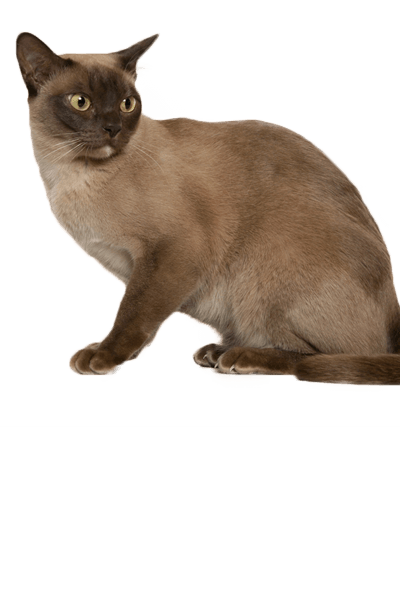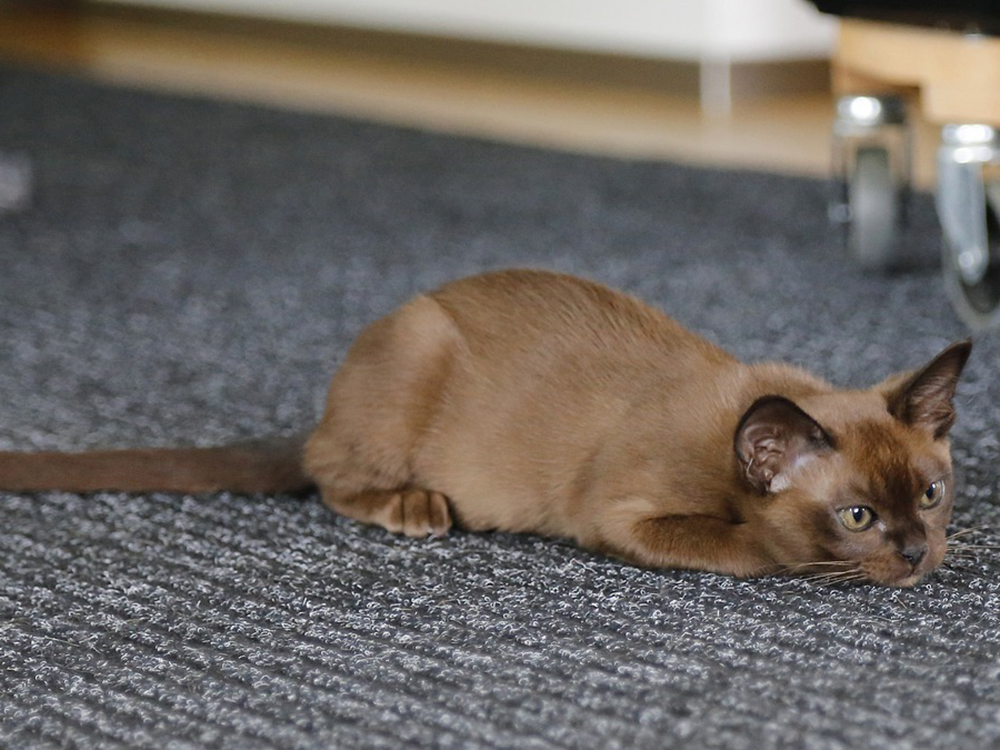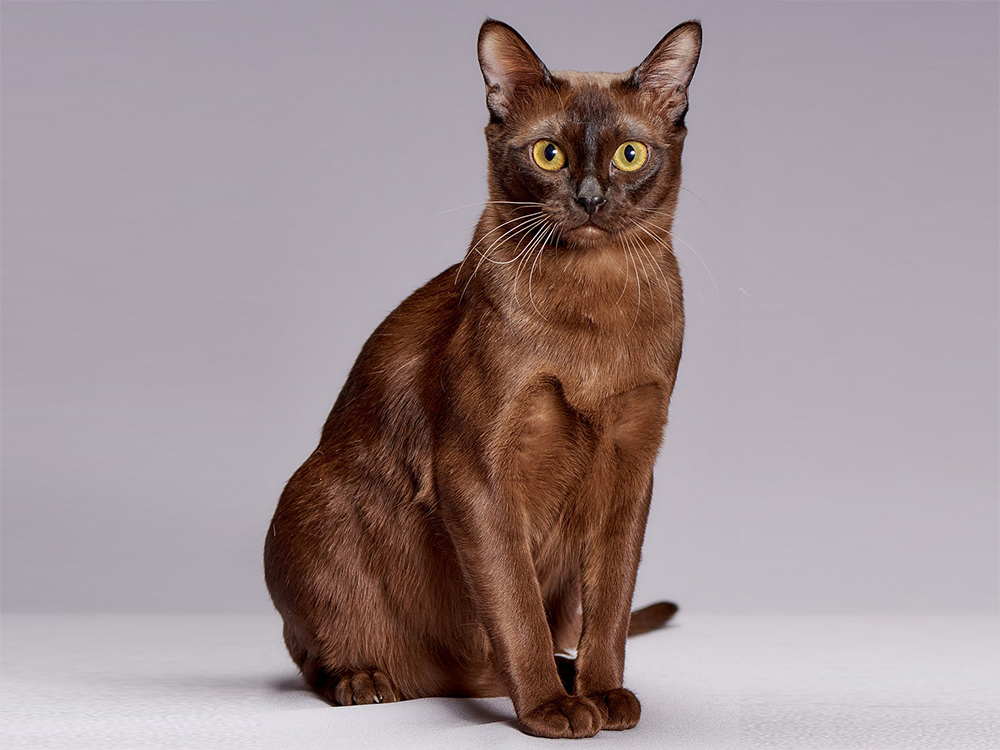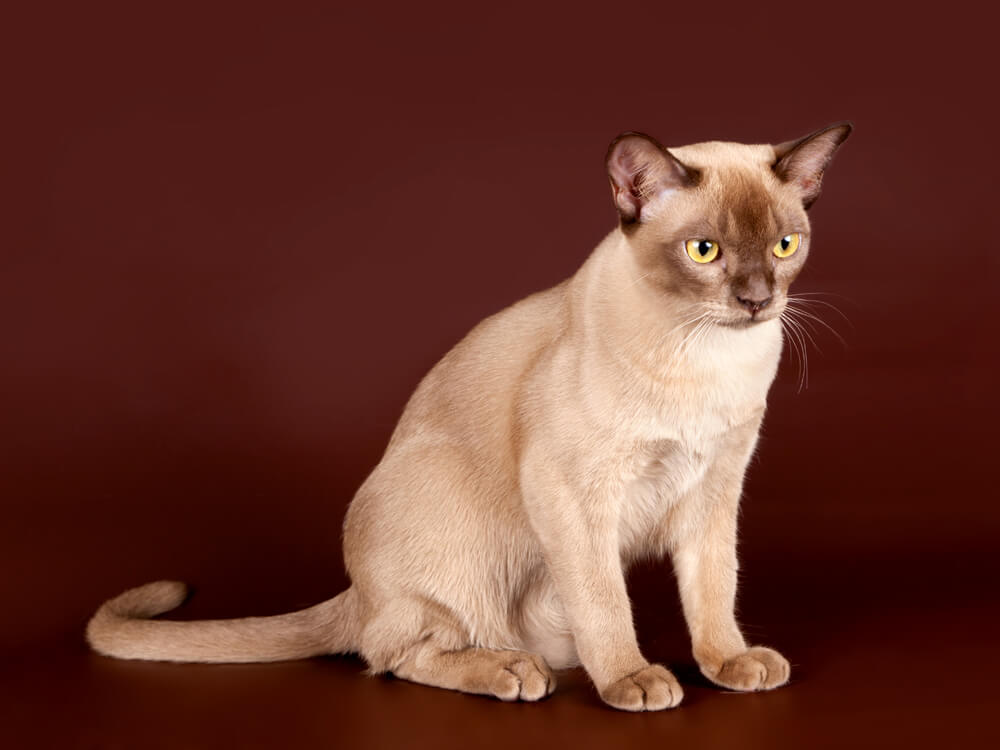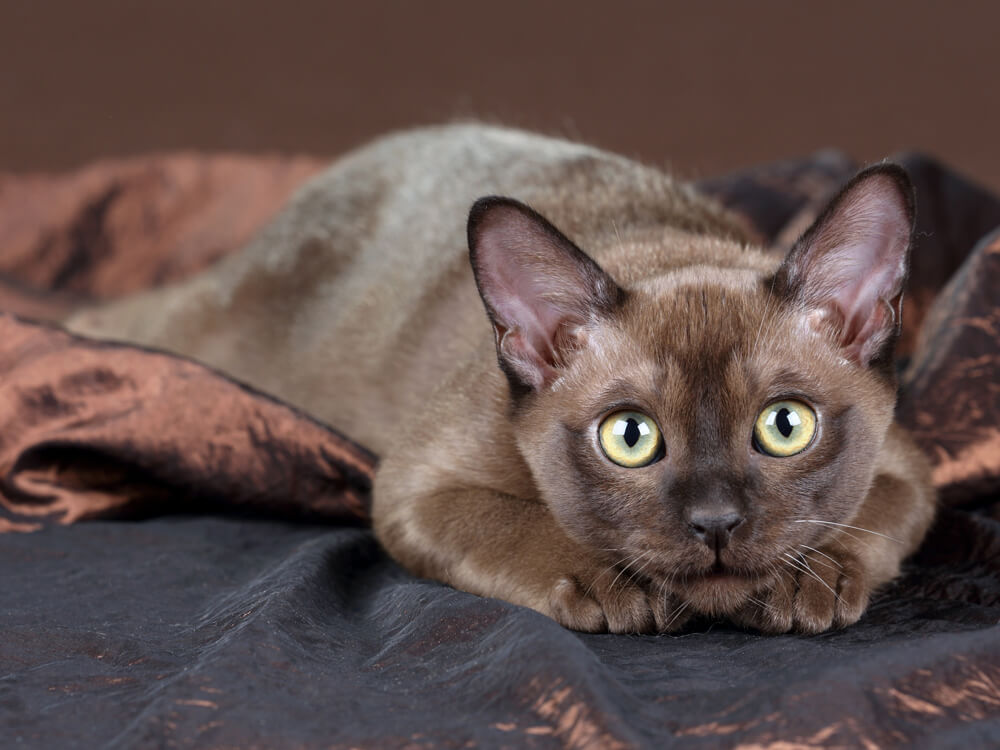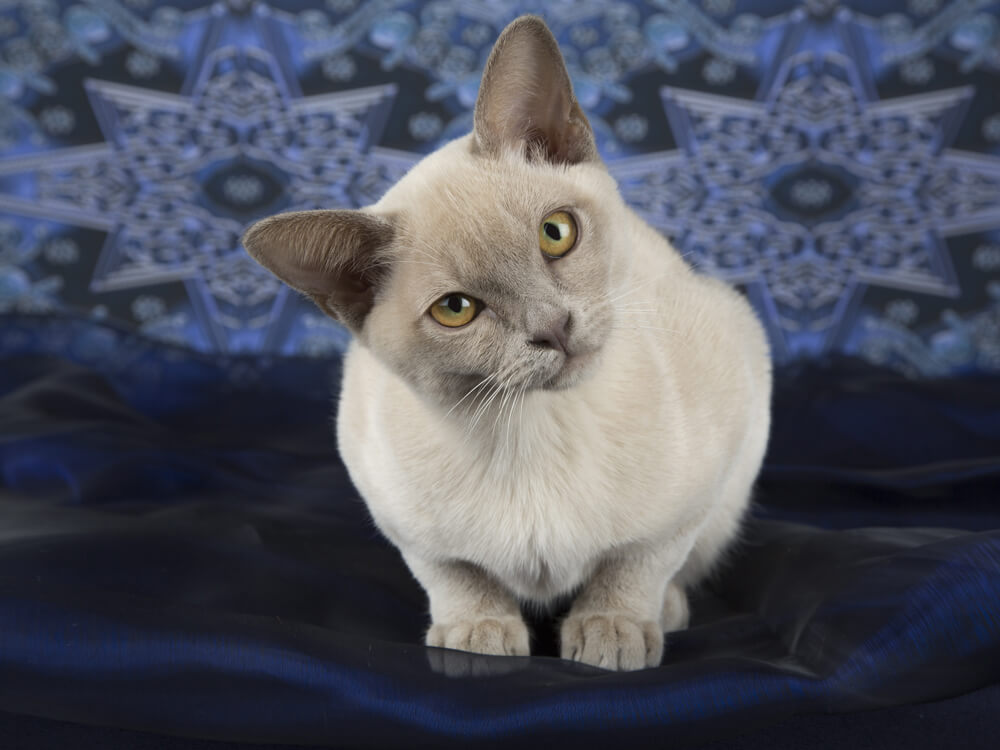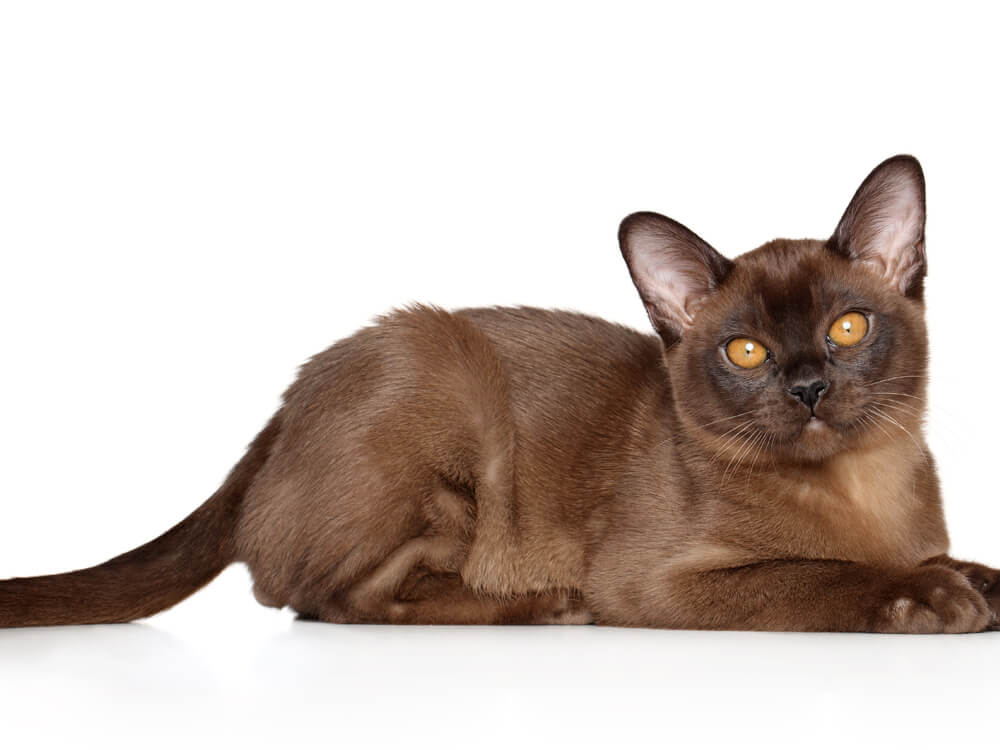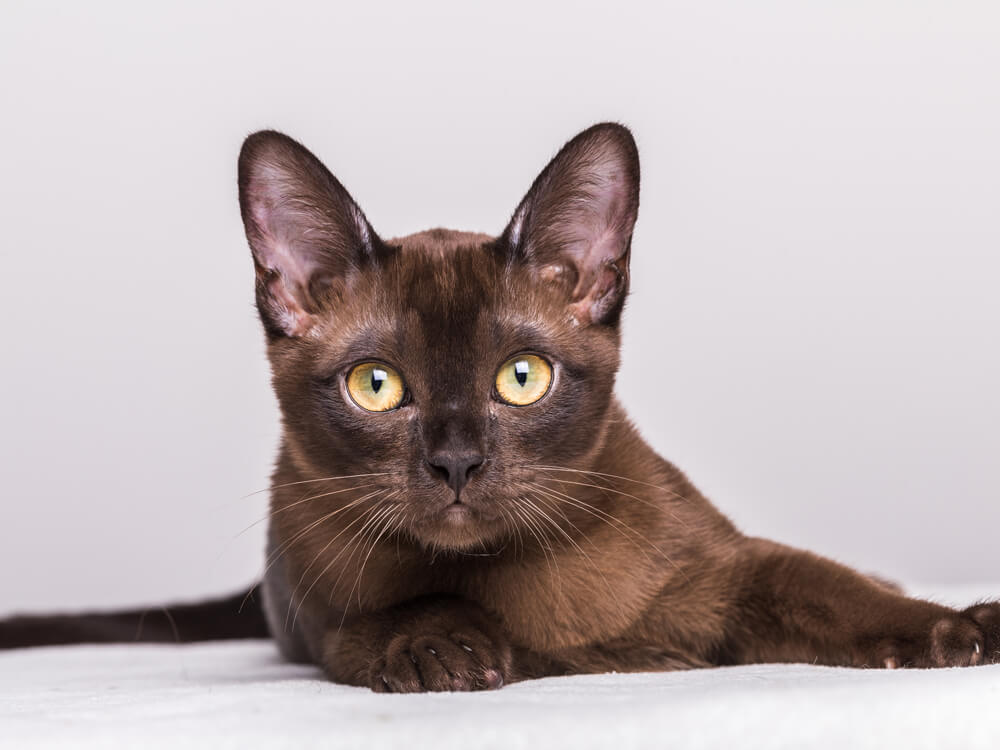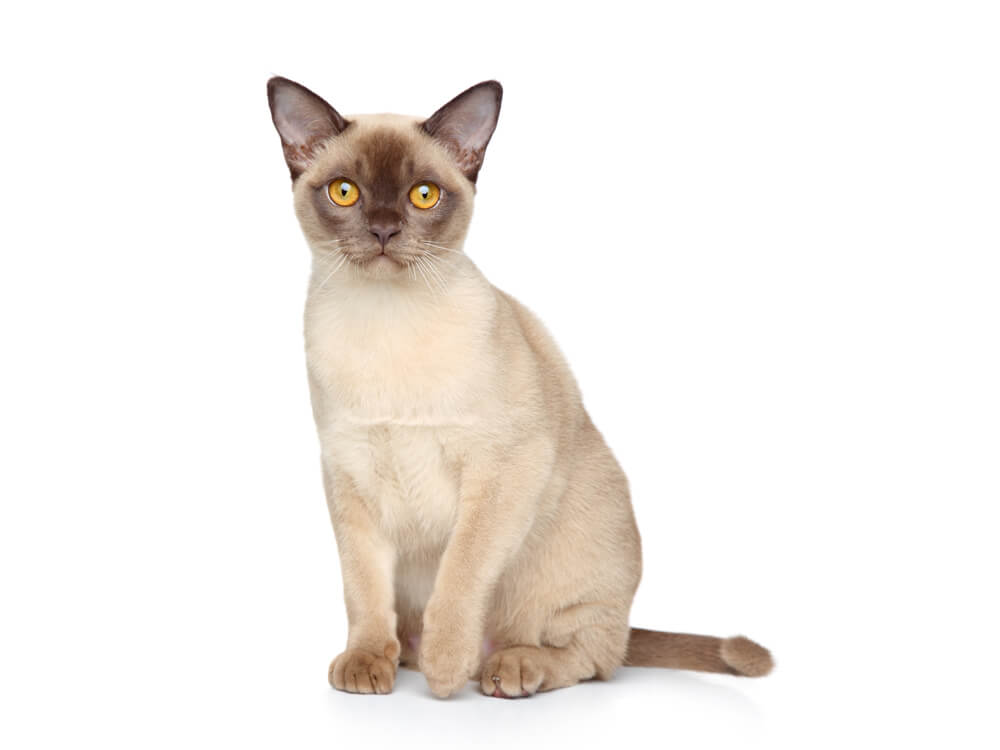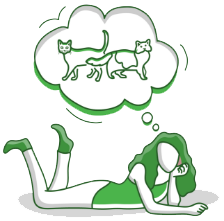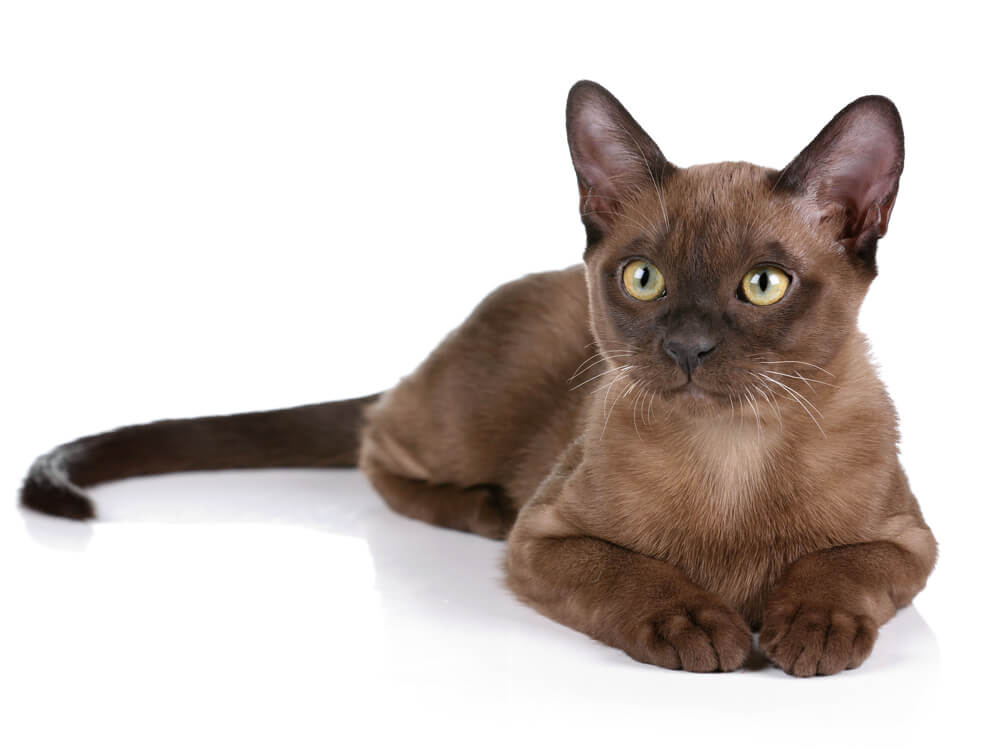
Burmese Breed Pictures
Vital Breed Stats
| Weight: | 0 - 0 kg M | 0 - 0 kg F |
| Life Expectancy: | 12 - 15 years |
Breed Characteristics
| Size: |  |
| Grooming: |  |
| Good with Children: |  |
| Good with other pets: |  |
| Affectionate: |  |
| Active Level: |  |
Give a thumbs up if you love the Burmese

0
More About the Breed
History
The Burmese is originally native to Burma (now Myanmar) and is a breed whose ancestors were deemed sacred in the Asian country. As such, this graceful cat was kept in temples and monasteries.
Originally sable-coloured, modern Burmese cats have been developed by American and British breeders. Their feline forebear is Wong Mau, a small, chocolate-coloured cat brought to America from Burma by Dr. Joseph Thompson in 1930. Wong Mau was initially regarded as a chocolate Siamese, a breed Western pet enthusiasts were already familiar with. Dr. Thompson later crossbred Wong Mau with a Siamese. However, he later learned of the existence of the Burmese gene that established the breed as one distinct from the Siamese.
The Burmese was later registered with the Cat Fanciers Association in 1936 but was later suspended as it was still bred with Siamese. The registration was reactivated in 1953, after the said crossbreeding was halted. Today, the Burmese is one of the famed feline breeds in various parts of the world because of its playful, charming, and affectionate nature.
Appearance and Grooming
Originally, all Burmese were sable-coloured. Now, they come in four colors: sable, platinum, champagne, and blue. It has a compact, athletic, muscular body ranging from small to medium size (ranging 7-13 pounds) that surprisingly feels heavy. As such, the Burmese has been called ‘brick wrapped in silk.’
The Burmese’s short-haired, silky coat has a glossy finish and solid colour, save for its underparts. It has a triangular head with a rounded top and ears that are rounded at the ends, like its head. Its striking eyes, large and soulful-looking, can range from amber to yellow colour. With slender legs that are longer in the back than the front ones, the Burmese has small oval-shaped paws and a straight tail.
This cat breed rarely needs baths and is generally low maintenance, although it benefits from weekly brushing.
Temperament and Intelligence
Being athletic, this cat breed has a lot of energy and loves playing and experimenting with the limits of their physical abilities. Adult Burmese still retain its kitten ways, very playful even beyond its juvenile years and with a mind stimulated by tricks and toys. Intelligent and curious, it will explore the home and learn of all its hiding places.
A very social creature, it will also supervise domestic goings-on to the point of shadowing its owners and scolding them if ignored. People who don’t mind having a feline with a dog-like personality involved in even the most trivial human activity will find the Burmese the perfect companion. The female Burmese demands more attention than the male, which is content enough to relax in a lap and is quieter.
The Burmese, although very vocal, has a soft yet slightly ‘hoarse’ voice. It does not do well left alone for long periods, which makes it suitable for homes that continually has someone left behind. However, it can thrive with another pet, whether a dog or another cat.
Nutrition and Feeding
The Burmese will benefit from high-quality food abundant in meat protein (at least 40%). It should also be free of grain and potato. Although hard food may be provided, wet food is preferred, especially for kittens. A bowl or two of dry kibble can be set out and made available constantly, but not so for Burmese with weight issues. Never feed milk to felines.
If changes must be done to its diet, the shift must be done gradually to prevent gastrointestinal upsets in the Burmese.
Health and Exercise
The Burmese, being a high-energy breed, needs much physical and mental stimulation in the form of toys and interactive games. As an indoor pet, it should be provided with various places to hide and high points they can climb to.
Despite the fact that the Burmese can live a long life (16-18 years) and is strong, there are health conditions that it is predisposed to. Owners are thus recommended to keep an eye on the following common genetic issues:
- Hypokalaemia or low levels of potassium
- Diabetes mellitus
- Flat-chested kitten syndrome
- Dilated cardiomyopathy or an enlarged heart
Cost of Ownership
A pedigreed Burmese kitten may cost about £400-£700. An insurance policy may cost anywhere from £13 (basic) to £25 (lifetime) a month in northern England. The monthly expense for food could reach up to £20. The expenses for veterinary services, such as vaccinations, boosters, annual checks, can reach at least £500 annually.
On average, owners of a Burmese may spend about £30-£50 each month. The insurance coverage can also influence the differences in the monthly costs. For its lifetime (16-18 years), costs can range from £5,760 to £10,800. This amount does not including the initial cost of purchasing a Burmese kitten.
Is a Burmese Right for You?
- The Burmese is a robust, athletic cat that is low maintenance.
- This feline breed has dog-like qualities that make owners feel they are getting two kinds of pets in one nimble package.
- The Burmese is a ‘retriever cat,’ quickly learning and enjoying retrieving activities.
- The Burmese loves and craves attention, following its owners around the house dutifully and will express itself loudly when ignored.
- Can be too clingy and noisy for some pet owners.
- Muscular and strong, this breed is heavier than it looks.
- The Burmese thrives well with families and children with its affectionate and playful nature.
